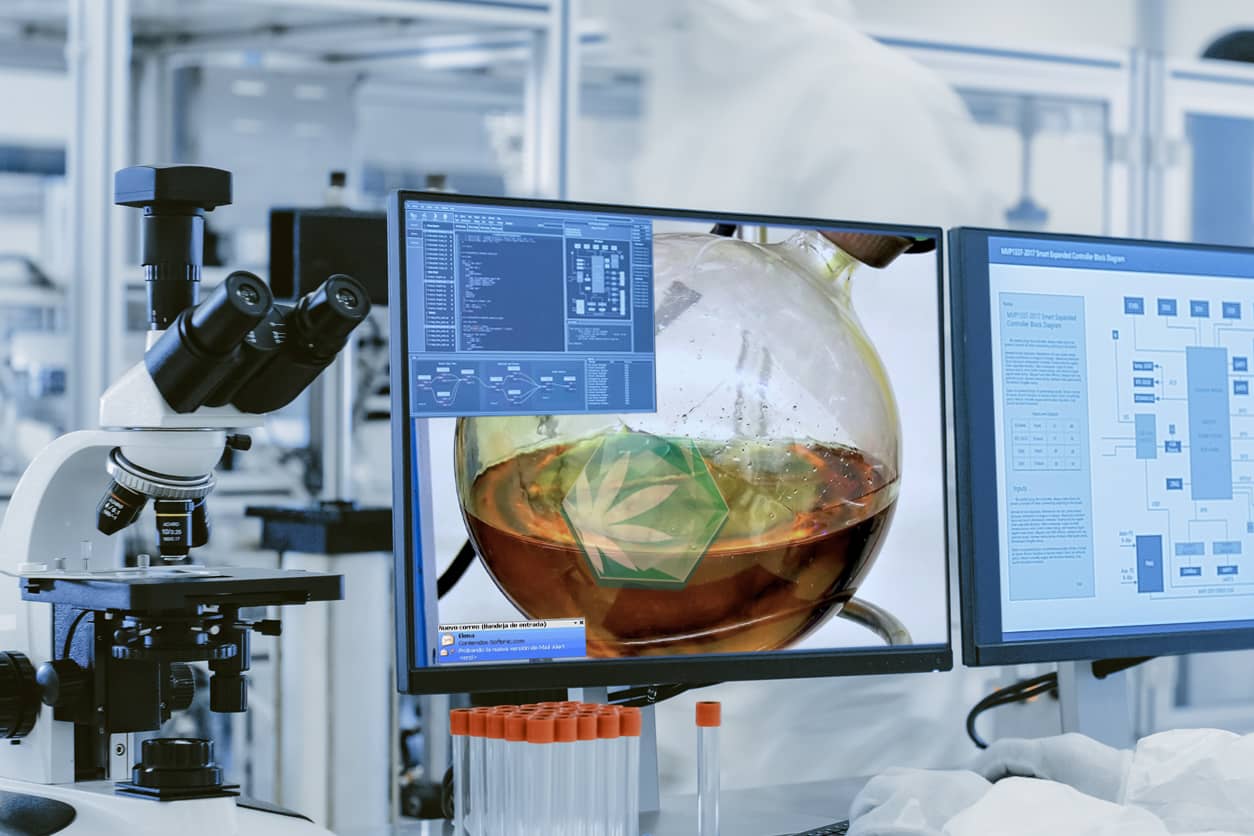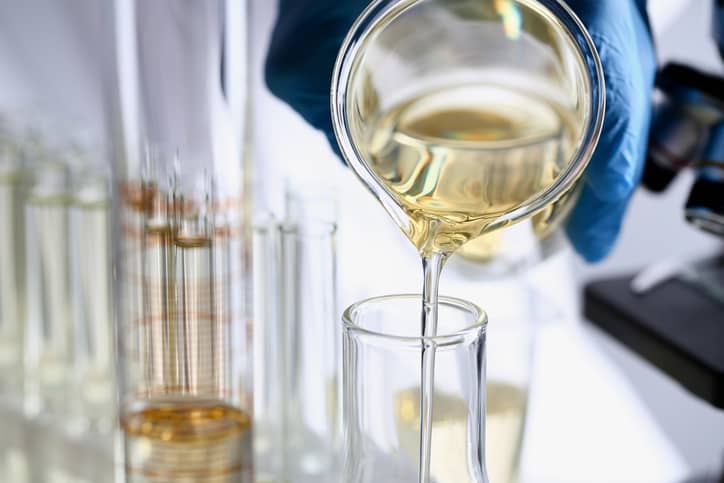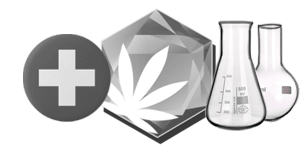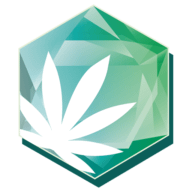BACKGROUND:
The process for obtaining the Cannabidiol (CBD) of the best quality begins with the selection of a certain variety of the plant of the hemp or "Cannabis Sativa".
Once chosen the raw material, we proceed to extract from it the resin to obtain the CBD in the form of liquid paste.
The used lexicon can lead easily to the confusion.
In this article we are going to explain briefly the methods of extraction and distillation of CBD.
DEVELOPMENT:
Let's discover, to begin with, the aspect of CBD as a semi-finished product.

Depending on the extraction process used, we can obtain different extracts or spectra of CBD:
1- Full Spectrum : is an extract that contains all or almost all the compounds that are naturally present in the plant (CBD, CBC, THC, CBDV, CBDA, terpenes, amino acids, lipids and phytoproteins among others).
Each of these molecules creates synergies with the rest creating the famous "entourage effect" and achieving a more powerful effect.
To be commercially legal in most countries the amount of THC has to be 0.2% or less.
2- Isolate : Only contains pure CBD.
It is a refined product that contains a 99% concentration of the CBD molecule in concentrated form of crystals or white powder with no taste or odor and minimal levels of terpenes and can be dissolved in any way the manufacturer wants to make his products.
The crystallization process removes the remaining phytochemicals, purifying the concentrate even further as it also removes all traces of THC.
3- Broad Spectrum : starting on the base of Full spectrum any trace of THC is eliminated by chromatography, keeping the rest of cannabinoids of origin.
With the 14 Cannabinoids Analysis that we carry out in Swiss Cristal Lab we detect the % of presence of each one of them.

There are a variety of techniques to isolate the CBD molecule in a clean and as pure as possible way: CO2, natural solvents, alcohol, cold pressure, pure hydrocarbons or steam distillation.
Of course, each of these techniques has its advantages and disadvantages.
Each type of these extractions and the changes applied in the process will affect the final result of the product in its taste, smell and in a different texture presentation.
The most commonly used CBD extractions are:
1) CO2 extraction, also called CO2 oil
Carbon dioxide in its liquid state at high pressure (known as supercritical CO2) is used to extract the specific components of hemp or cannabis. The CO2 oscillates in a liquid-gaseous state and it is the produced steam that causes the CBD to separate from the plant to later be filtered in cold.
It is the most used technique of extraction by the professional laboratories to obtain a complete extract of the plant since a product of high quality and purity is obtained and free of any chemical substance and with a minimum loss of cannabinoids in the process.
The final material preserves the natural phytochemicals of the plant.
The desired concentration of CBD can be achieved just by adjusting the pressure and CO2 making it the ideal method to cover the diverse needs of the CBD products manufacturers.
2) With natural solvent

The extraction of CBD with ethanol is one of the safest and most effective procedures because it does not carry the risk of leaving toxic residues as hydrocarbons can.
As the name implies, the ethanol method introduces the hemp into the ethyl alcohol solution while allowing it to rest for an hour or so. Later, the solution evaporates to low levels of boiling, thus leaving you with a pure batch of cannabis or hemp extraction.
The refined products with this method of production can be used in groceries and topical cannabis, as they would not emit the unusual taste or smell of hemp.
3) The BHO method
The BHO, acronym for Butane Honey Oil or Butane Hash Oil is the name by which the extraction technique is known using butane gas as a solvent. Very high concentrations are reached, above 80% and yields above 20%. However, this method is not without risk given the very nature of butane gas.
The quality of the materials used to extract CBD with BHO has increased in recent years, obtaining a final product of high quality and purity and a significant reduction of waste if the purging has been carried out in the best conditions.
Due to the high risk of working with this type of solvent as it is highly inflammable, we recommend not to carry out this type of extraction without adequate safety measures and under professional supervision.
Many are the cases of unwary people, not to speak directly of irresponsible people, who jump to the pages of events of the media for taking lightly the recommended minimum safety standards.
Butane gas, being denser than air, condenses in the lower parts, so extractions should not be made in basements or enclosed places. Of course, the extraction material must be kept away from lights, heat sources or electronic equipment. Equally important is the use of suitable protective measures such as gloves, safety glasses and clothing made from natural fibres.
Finally, let us consider the element of heat in the extraction processes:
▸ The Decarboxylation (Decarb) is typically the method used to obtain the main cannabinoids of the hemp based on heat, allowing a more complete absorption of cannabinoid molecules in the human body.
In origin (in the raw material) to the CBD we find it like CBDA (carboxylic acid) inactive and it is thanks to the decarboxylation that its conversion is obtained to active CBD.
▸ When the plant is not subjected to any heat process is a raw material (Raw) where the cannabinoid molecules are still present in the extracted material maintaining their properties and benefits.
CONCLUSION :
Isolate is a term used to designate a type of CBD Extract.
CBD Extract is obtained through different extraction procedures, which due to their typology (use of heat, solvent or gas) have specific characteristics that are suitable for certain applications.
Thus, once the extraction process is finished, the material obtained can be used in multiple ways according to the needs of each production line: tinctures, oils, creams, other cosmetics, supplements or foodstuffs, either for human or animal use.
All extraction processes must be accompanied by quality control measures and analysis to confirm their suitability and the absence of toxic substances .



